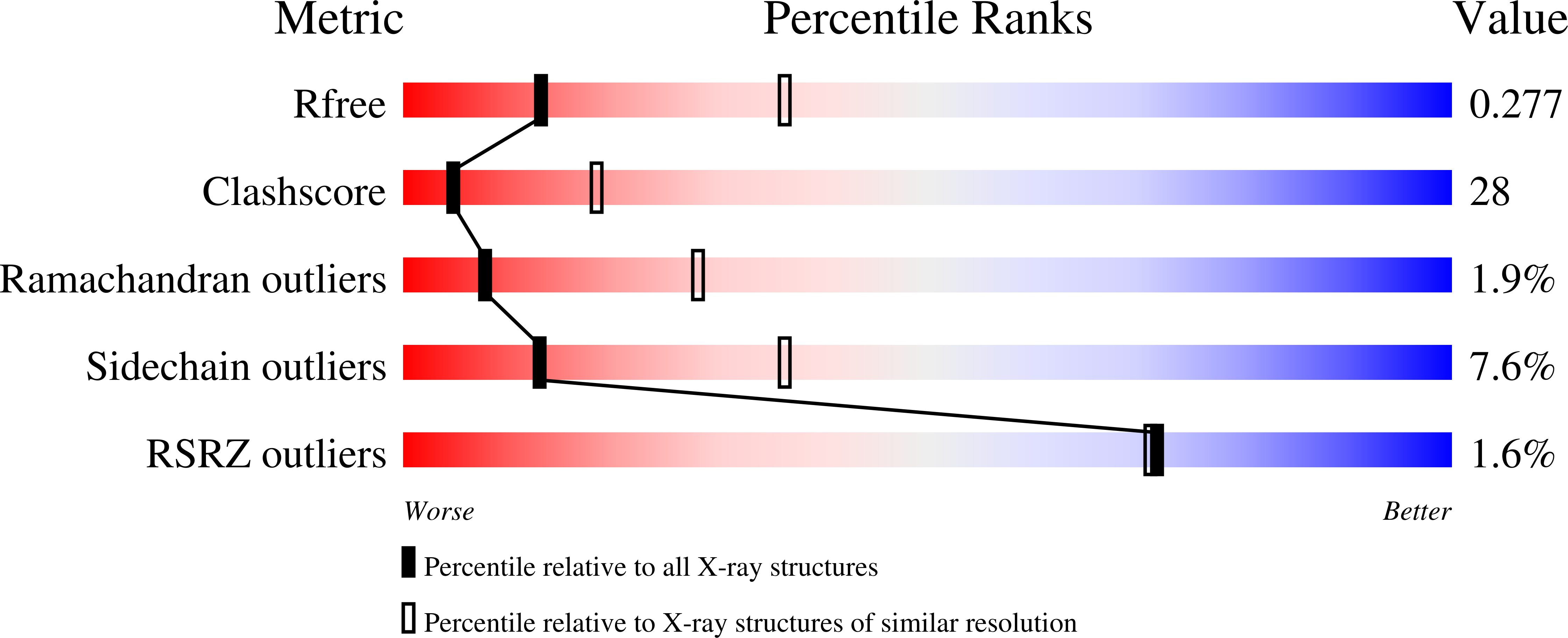
Deposition Date
2004-10-13
Release Date
2005-03-01
Last Version Date
2024-05-29
Entry Detail
PDB ID:
1XQS
Keywords:
Title:
Crystal structure of the HspBP1 core domain complexed with the fragment of Hsp70 ATPase domain
Biological Source:
Source Organism:
Homo sapiens (Taxon ID: 9606)
Host Organism:
Method Details:
Experimental Method:
Resolution:
2.90 Å
R-Value Free:
0.29
R-Value Work:
0.23
Space Group:
P 21 21 21


